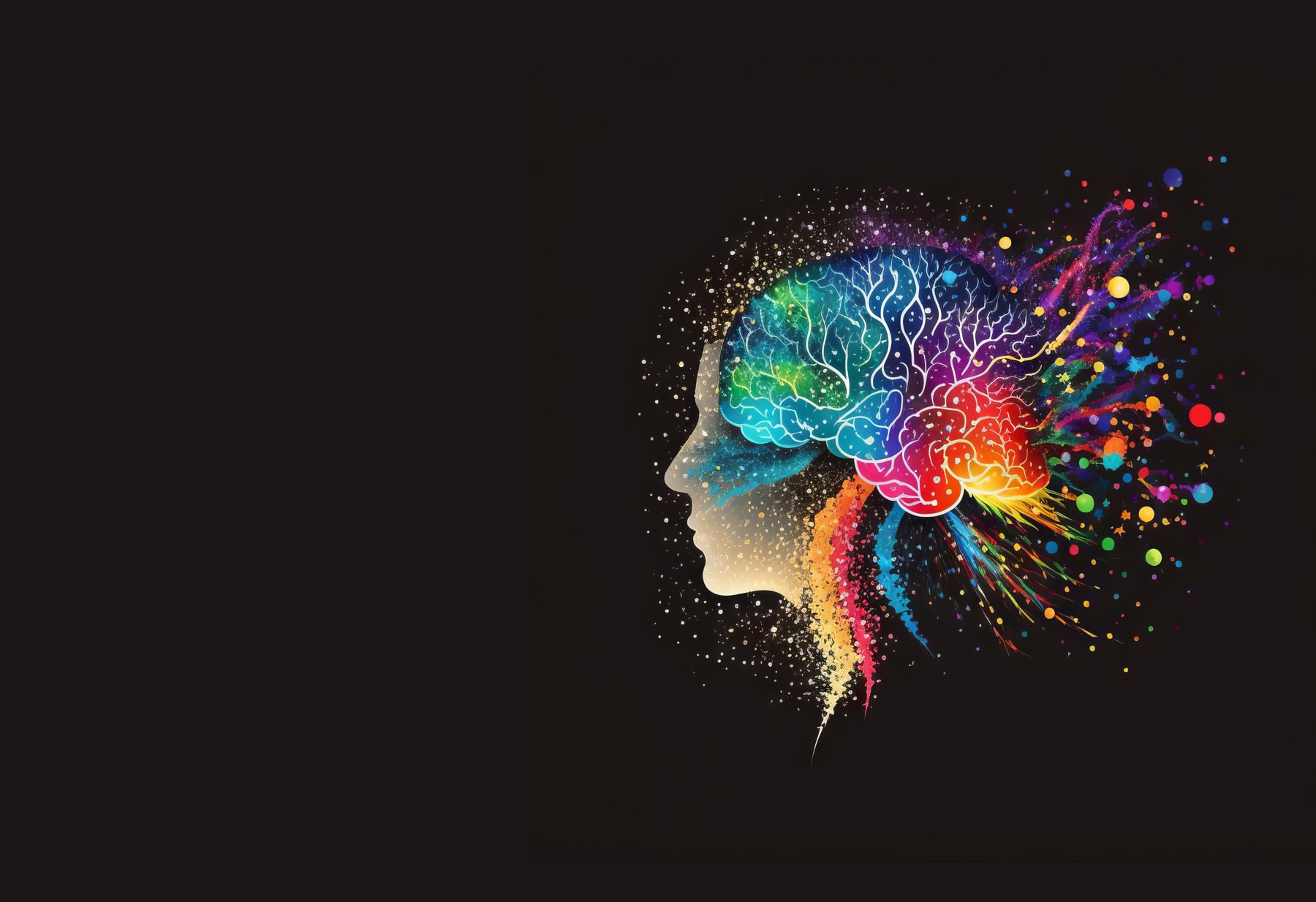Overview:
Neuropathic pain presents a formidable obstacle in the field of chronic pain therapy due to its intricate etiology and varied symptomatology. Neuropathic pain originates from malfunction or damage to the nerve system itself, in contrast to nociceptive pain, which is caused by inflammation or damage to the tissue. Healthcare professionals must have a thorough understanding of the underlying causes, symptoms, and treatment modalities of neuropathic pain in order to effectively treat patients and enhance their quality of life.
Treatment Strategies:
In order to effectively manage neuropathic pain, a multimodal strategy that addresses the underlying cause as well as the symptoms that are related to it is frequently needed. Opioids, topical medications, antidepressants, and anticonvulsants are examples of pharmaceutical therapies that are important in the treatment of pain. These drugs alter pain signaling and relieve symptoms by acting on different neurotransmitter systems. To enhance functional outcomes and supplement medication, nonpharmacological therapies such physical therapy, acupuncture, TENS, and cognitive-behavioral therapy (CBT) might be used.
Causes of Neuropathic Pain:
A wide range of underlying disorders, including diabetes, autoimmune diseases, multiple sclerosis, stroke, and nerve injury, can result in neuropathic pain. Abnormal pain sensations are caused by nerve injury, which interferes with the normal transfer of messages from the brain to the peripheral or central nervous system. Depending on the underlying reason, the specific processes behind neuropathic pain can change, which complicates diagnosis and therapy.
The symptomatology of neuropathic pain is diverse and can exhibit a wide range of symptoms that differ in terms of intensity and character. Common symptoms include electric shock-like feelings, tingling or numbness, searing or shooting pain, and hypersensitivity to touch. Pain might be confined to particular regions or spread down neural pathways, limiting one’s range of motion and ability to perform daily tasks. Furthermore, secondary symptoms like mood swings, sleep difficulties, and cognitive decline may be experienced by people with neuropathic pain, which can negatively affect their general wellbeing.
Diagnosis and Evaluation:
A complete evaluation, comprising a detailed medical history, physical examination, and diagnostic tests, is necessary to diagnose neuropathic pain. Medical professionals can evaluate nerve function and pinpoint probable nerve injury causes by using imaging tests like nerve conduction studies or magnetic resonance imaging (MRI). In order to analyze sensory function and find anomalies in nerve communication, more specialized examinations like skin biopsies or quantitative sensory testing may be used. To maximize patient outcomes and guide treatment decisions, an accurate diagnosis is essential.
Difficulties in Pain Management:
Treatment resistance, adverse drug reactions, and psychiatric comorbidities are some of the particular difficulties in managing neuropathic pain. Conventional analgesics may not provide enough pain relief for those with neuropathic pain; in order to get the best results, these patients may need to use combination therapy or greater doses of analgesics. Furthermore, adverse drug reactions including drowsiness, memory loss, and gastrointestinal problems can make medications harder to tolerate and make it harder to follow treatment plans. A tailored strategy that takes into account each patient’s particular pain profile, comorbidities, and treatment objectives is needed to address these issues.
Emerging Therapies and scientific:
New therapy modalities for neuropathic pain are being investigated as a result of scientific advancements. New therapies that target glial cell activation, neuroinflammation, and synaptic plasticity may be able to slow the progression of the disease and improve pain management. In addition, novel approaches to treating neuropathic pain and regaining nerve function are provided by cutting-edge technologies like gene therapy, neuromodulation devices, and stem cell transplantation. The goal of ongoing research is to understand the fundamental causes of neuropathic pain and provide focused treatments that provide safer and more efficient pain management.
Summary:
In summary, neuropathic pain is a multifaceted and difficult illness with a wide range of symptomatology and aberrant nerve transmission. A comprehensive strategy that targets symptom relief, tackles the underlying cause, and takes into account unique patient variables is necessary for the effective management of neuropathic pain. Healthcare professionals can assist in improving pain management and overall quality of life for people with neuropathic pain by using a combination of pharmaceutical and nonpharmacological therapies customized to each patient’s needs. Prolonged investigation and creativity in this domain may contribute to our comprehension of neuropathic pain and the creation of innovative treatments that provide optimism for better results and a higher standard of living.
